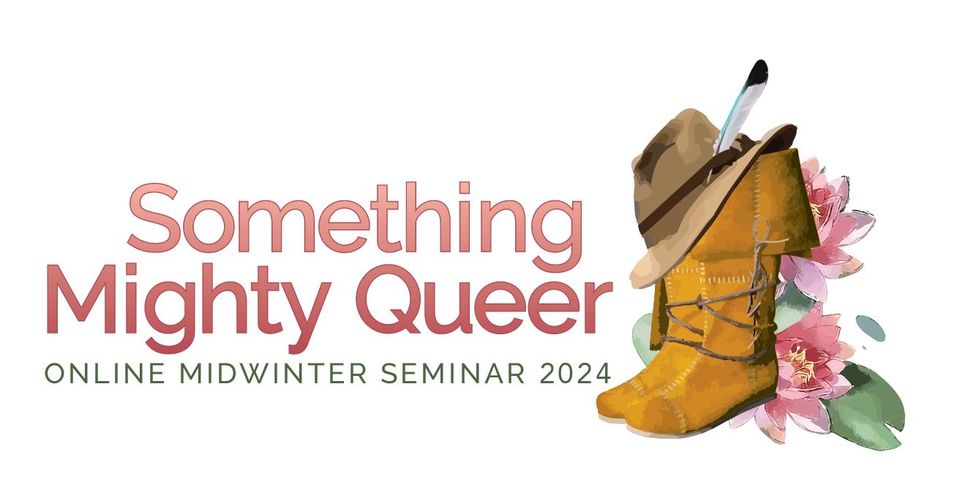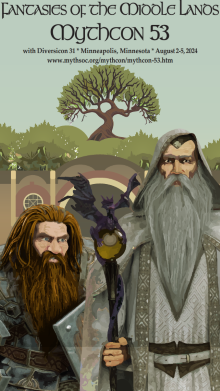Loading...
Event Website
https://www.mythsoc.org/oms/oms-2024.htm
Start Date
2-18-2024 1:00 PM
End Date
2-18-2024 1:50 PM
Description
In “The Feminine Principle in Tolkien,” Melanie Rawls creates a framework for reading masculine and feminine drives in the characters of Tolkien’s legendarium. Feminine characteristics are inward-facing, focused on the self and inner life, whereas masculine characteristics are outward-facing, focused on affecting the wider society. Shelob and Sauron are used as two examples of the negative expression of these gendered drives: Shelob being so inwardly focused she only devours, and Sauron being so outwardly focused he cares only for world domination. However, other than his outward focus, Sauron doesn’t neatly align with the other negative masculine traits — he is not rash, but cunning, he does not default to aggression, but uses temptation and manipulation to achieve his ends. This pattern is visible in nearly all of Tolkien’s evil-coded characters, from Melkor to Wormtongue — they embody what Rawls considers feminine characteristics and contemporary media tropes of feminine villainy — these characters beguile, consume, and seduce to achieve their goals. This raises the question: could the primary nature of evil in Middle-earth be feminine?
Creative Commons License

This work is licensed under a Creative Commons Attribution-NonCommercial-No Derivative Works 4.0 International License.
Included in
Children's and Young Adult Literature Commons, Comparative Literature Commons, Digital Humanities Commons, European Languages and Societies Commons, Literature in English, Anglophone outside British Isles and North America Commons, Literature in English, British Isles Commons, Literature in English, North America, Ethnic and Cultural Minority Commons, Medieval Studies Commons, Modern Languages Commons, Modern Literature Commons, Other English Language and Literature Commons
“Foul in Wisdom, Cruel in Strength”: Gendered Evil in Tolkien’s Legendarium
In “The Feminine Principle in Tolkien,” Melanie Rawls creates a framework for reading masculine and feminine drives in the characters of Tolkien’s legendarium. Feminine characteristics are inward-facing, focused on the self and inner life, whereas masculine characteristics are outward-facing, focused on affecting the wider society. Shelob and Sauron are used as two examples of the negative expression of these gendered drives: Shelob being so inwardly focused she only devours, and Sauron being so outwardly focused he cares only for world domination. However, other than his outward focus, Sauron doesn’t neatly align with the other negative masculine traits — he is not rash, but cunning, he does not default to aggression, but uses temptation and manipulation to achieve his ends. This pattern is visible in nearly all of Tolkien’s evil-coded characters, from Melkor to Wormtongue — they embody what Rawls considers feminine characteristics and contemporary media tropes of feminine villainy — these characters beguile, consume, and seduce to achieve their goals. This raises the question: could the primary nature of evil in Middle-earth be feminine?


